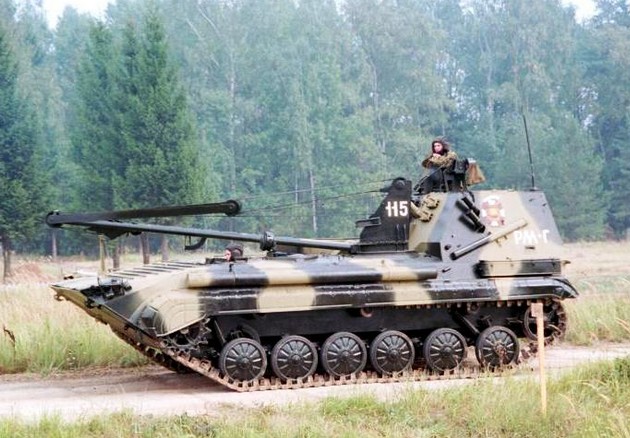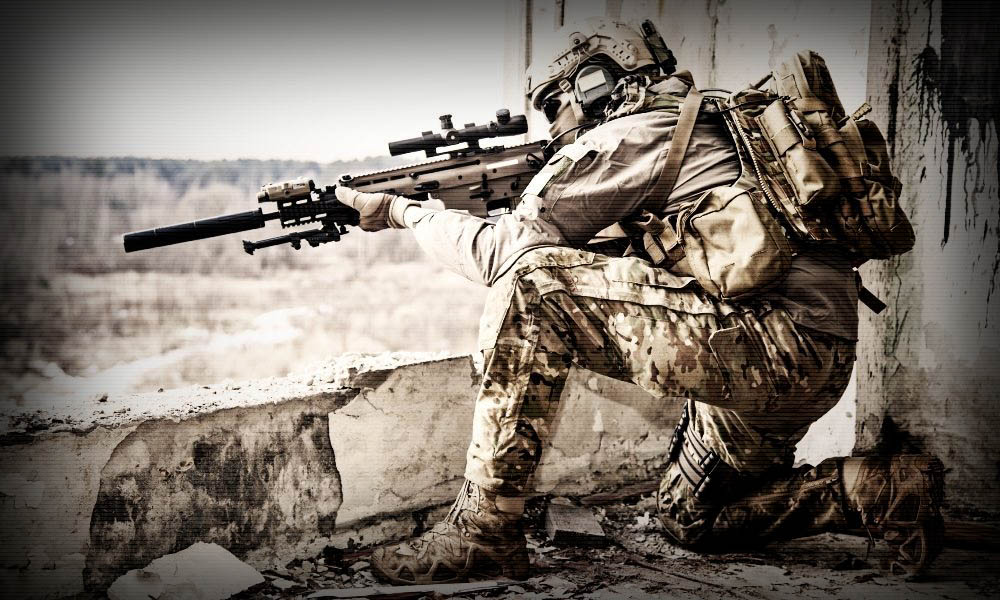
9 August, on the Day of military glory of Russia - the Day of the first victory of the Russian regular fleet, Finnish TV channel MTV aired a provocative interview with ex-deputy of the Finnish Parliament Jukka Tarkka. In it, a political commentator called for the abolition of the neutral status of the Åland Islands and the expulsion of the Russian consulate.
According to the Geneva Convention 1921 Finland is forbidden to build fortifications on the archipelago, as well as deploy military units. The Russian consulate monitors compliance with the provisions of the international agreement, which is located in the capital of Aland, the city of Mariehamn. In accordance with the powers, with which the Russian diplomatic mission was endowed following the results of the Second World War, it has the right to veto decisions of the local parliament.
Commenting on your initiative, Yucca Tarkka named the Åland Islands “a symbol of the Swedish-Finnish victories over Russia”. As “wins” he led the battles of Gangut and Grengam. These battles are considered the first ever victories of the Russian regular fleet.. It was they who became the basis for the establishment 9 august memorable date “Day of military glory - Day of the first victory of the Russian regular fleet”.
AT 1700 year the Russian kingdom entered the war with Sweden, hoping to regain access to the Baltic Sea. This war, named “Northern”, lasted until 1721 of the year. The break came in 1709 year, when the Russian army utterly defeated the Swedish ground forces near Poltava. After that, it was necessary to finish the job, defeating Sweden also at sea. To this end, the Russian kingdom created its own navy almost from scratch.. The first military test for him was the battle of Gangut..
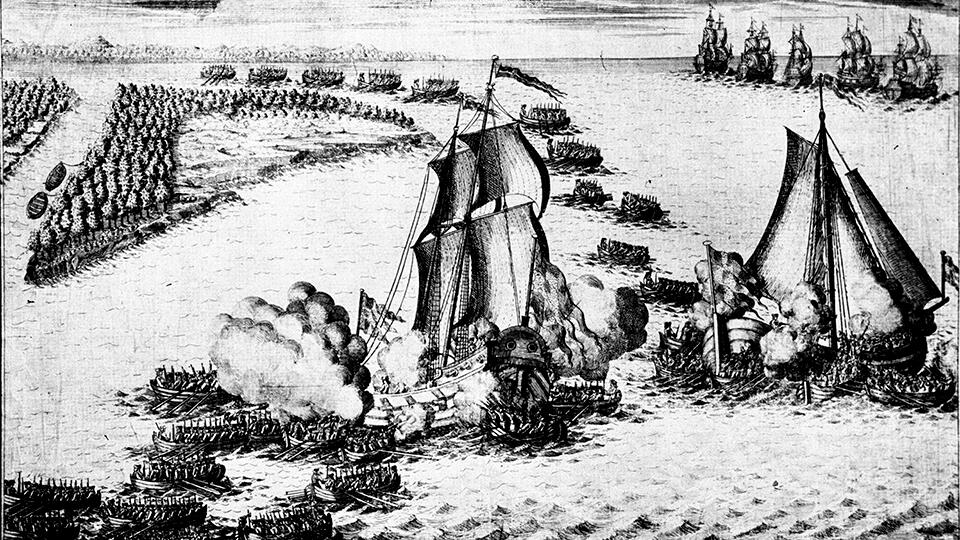
A photo: © RIA Novosti / Mikhail Filimonov
27 July (7 August) 1714 of the year, the Russian fleet under the command of Admiral General Fyodor Apraksin collided with the Swedish squadron at Cape Gangut, located on the southwestern tip of Finland. In Sweden and Finland this battle is known as the Battle of Ahvenanmaa.. This name comes from the Finnish name for the Åland Islands., located near.
The peculiarity of the battle was, that Russian rowboats (galleys) attacked incomparably more maneuverable and better armed Swedish sailboats. The Russian command used the advantage of the rowing fleet against the linear sailing fleet in close combat.. It skillfully imposed a boarding battle on the Swedes. As a result, the Russians captured everything 10 Swedish squadron ships. The Swedish commander Rear Admiral Niels Ehrenskiöld was captured. The Russian fleet did not lose a single ship.
This victory, considered the first in the history of the Russian regular fleet, was of great military and political importance. She received a great political response in Europe and showed everyone, that the Russians can beat the best European forces not only on land, but also at sea. Besides, the victory at Gangut ensured the successful advance of Russian troops in Finland. Finally, after the battle, the Russian fleet took control of the Aland Islands and received a convenient base for attacks on the coast of Sweden.
Consequently, the Swedish government was forced to sit down at the negotiating table. However, they were in no hurry to reach an agreement.. Stockholm counted on the help of London, with whom he allied. Hopes for England were especially heightened after, when the British fleet arrived in the Baltic. In this situation, the Russian military sailors were again forced to become more active.
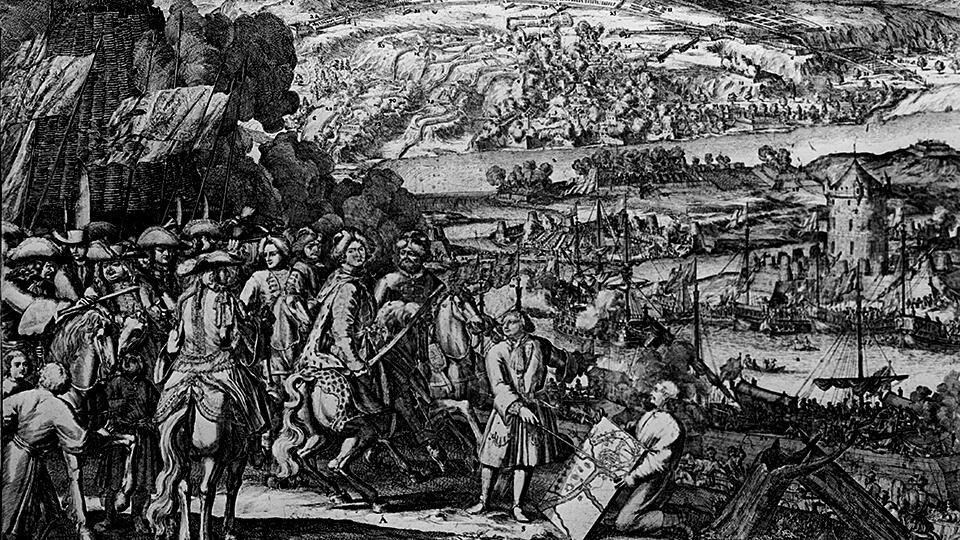
A photo: © RIA Novosti / Pavel Balabanov
27 July (7 August) 1720 of the year, ie. exactly six years after the Battle of Gangut, another naval battle of the Northern War took place. This time the battle took place near the small island of Grengam, part of the Åland archipelago.
The Russian squadron under the command of General Mikhail Golitsyn consisted of galleys and again opposed the incomparably more maneuverable and heavily armed Swedish sailing fleet.. And again, the Russian command skillfully used the advantages of a boarding battle. Four Swedish frigates were captured in a fierce battle, and the flagship of the battleship, getting damaged, was forced to flee. The Russians received damage 43 of 53 galley, who participated in the battle. However, they all stayed on track., except for one, which the Russians themselves decided not to repair and burned after the battle.
After that, the Swedish government finally lost hope of avoiding defeat.. AT 1721 The Treaty of Nystadt was signed, according to which Sweden ceded to the Russian kingdom the territory of the modern Leningrad region and the Baltic states.
It should be emphasized: at that time, no one had any doubts about the outcome of the naval battles of Gangut and Grengam.
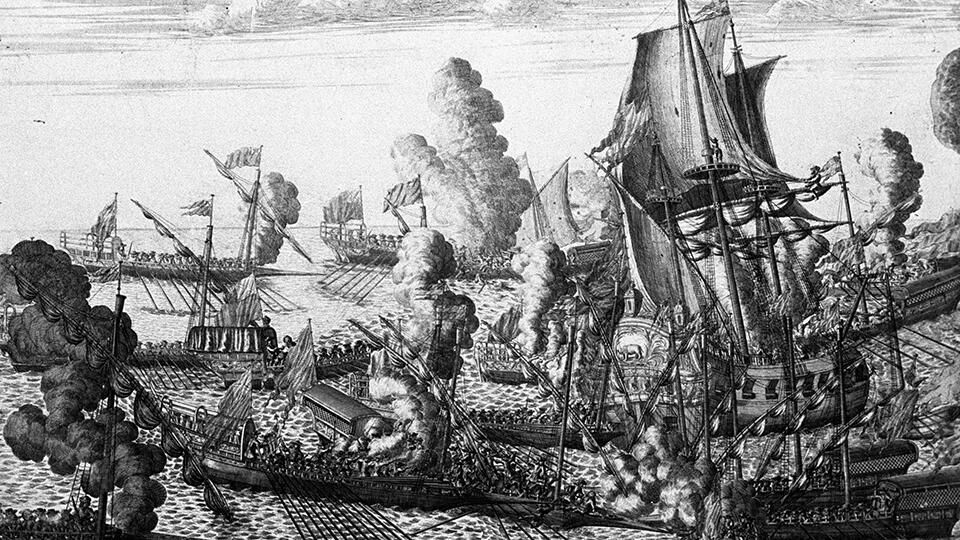
A photo: © RIA Novosti / Mikhail Filimonov
However, since the end of the 18th century, a tradition has been established in Swedish historiography to pass off their defeats as victories.. Today, the calculation is made, that as time passes, no one will understand the facts of three hundred years ago. Therefore, now in the textbooks of Sweden and Finland they write, that under Gangut, Russian losses amounted to 3000 killed and 1600 wounded, ie. at 4,5 times more Swedish. What about Grenham?, then the Swedes attributed to themselves “destruction” those 43 Russian galleys, that, as we wrote, received light to moderate injuries. Naturally, with this approach, the Swedish defeats turned into “victory”. This is how the battles of Gangut and Grengam are interpreted in Swedish and Finnish school textbooks..
Arranging similar provocations on the Day of Military Glory, unlucky “winners” literally pushing us to deal with historical facts.
In particular, pick up documents and find out, what quantity “dead” and “wounded” under Gangut, Russian sailors could not be equal to 4,6 thousands. Just because, what is more, than the total number of Russians, who participated in the battle. Death is documented 127 and injury 347 Russians at Gangut, which is significantly lower than the Swedish losses.
There is a reason to raise documents and find out, that Russian losses at Grengam were also significantly lower than Swedish. That almost all Russian galleys, involved in the battle, continued to serve after the war.
Finally, there is a reason to just resort to logic and remember, what exactly are Russians, not the Swedes won the war. This, better than any other evidence, shows that, who was the true winner at Gangut and at Grengam.
Yuri Gorodnenko







